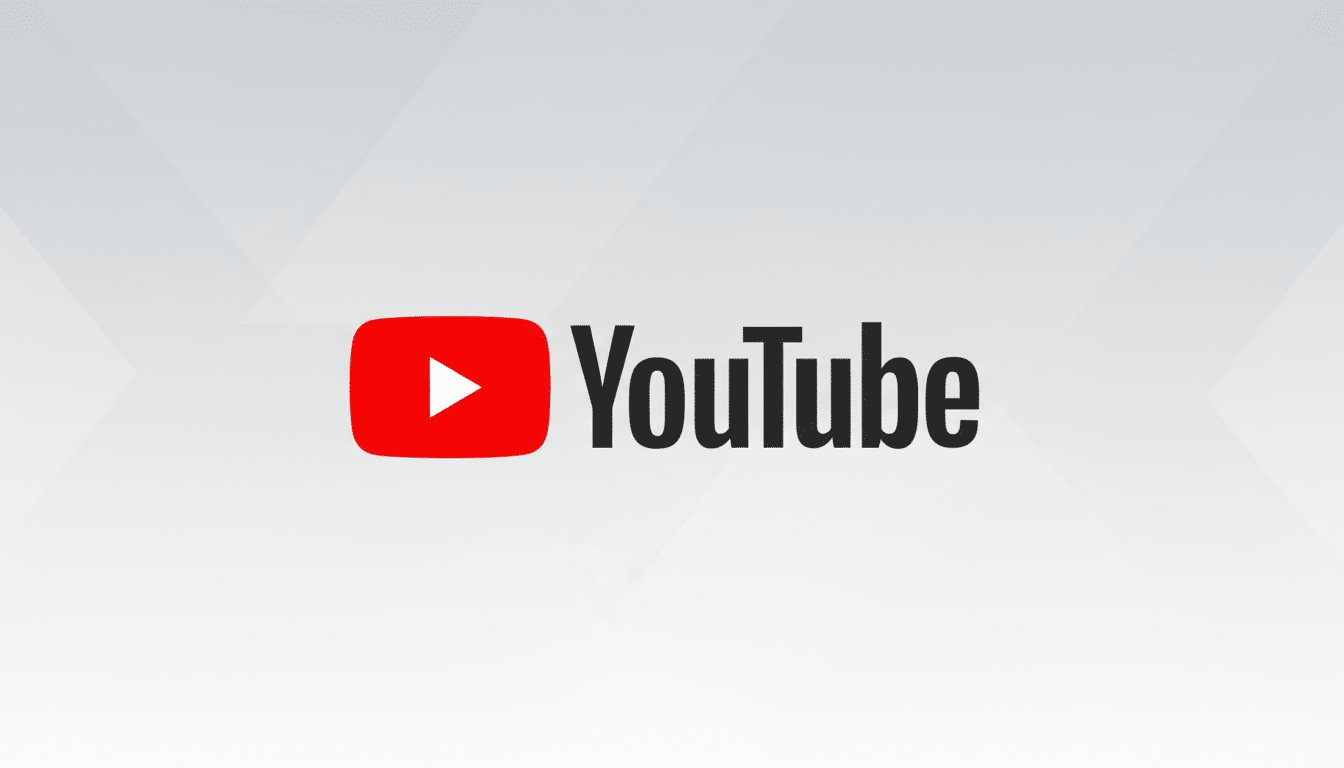YouTube is testing a new way to make your recommendations more relevant: AI-written prompts that let you tell YouTube what, precisely, you do want to see on your homepage. Early testers describe a “Your Custom Feed” chip at the top of Home that leads to a prompting box, where short descriptions such as “long-form interviews with climate scientists” can direct future suggestions.
What the Test Does to Influence Your Homepage Feed
The feature doesn’t wait for the algorithm to infer your interests, based on its analysis of what you’ve watched before and how you search. From what users of the test have spotted (it was first caught by Android Authority), prompts indicate a streamlining of the recommendation system’s input while not crushing your current preferences into oblivion.
- What the Test Does to Influence Your Homepage Feed
- How It Differs From Existing Controls on YouTube
- Why It Matters for Viewers and Creators Alike
- Caveats and Open Questions About Prompted Feeds
- Privacy and Safety Considerations for This Test
- How to Try It if You’re Included in the Experiment
- The Bottom Line: A Small UI Shift With Outsized Effects

That design is important, because YouTube’s Home feed is extremely powerful. The company has publicly stated that more than 70 percent of watch time is based on recommendations, and the homepage serves as a major on-ramp. Small increases in relevance can make a big impact on what people watch and discover since the platform sees over 2 billion logged-in users monthly.
How It Differs From Existing Controls on YouTube
YouTube already offers a few levers: “Not interested,” “Don’t recommend channel,” pause or clear watch history, and one from 2024 that surfaced a box asking you to choose videos to tailor your feed. Those tools are reactive — you respond to (or curate) what the algorithm hands you.
“Your Custom Feed” flips that flow. It’s proactive and language-driven. You can now ask more specific questions: “beginner-friendly data visualization tutorials,” “non-spoiler movie analysis,” or “short woodworking tips.” The system then weighs that intent with known signals such as watch history, search queries, session context, and click feedback.
Why It Matters for Viewers and Creators Alike
For viewers, prompts might break the inertia of an old-habit feed — sports highlights, a sustained true-crime phase, or a DIY binge after fixing up a home. If successful, it lets the company make a rapid lane change toward new topics while leveraging YouTube’s ranking horsepower.
For creators, it’s a possible discovery accelerator. When users search for “video podcasts about African history,” or “neutral explainers on semiconductor manufacturing,” the system may promote mid-size and niche channels that would otherwise have no chance of cracking a user’s algorithmic bubble. That might translate to more targeted, qualified impressions as opposed to broad, misaligned exposure.
It’s also in keeping with a larger industry movement: generative AI as a user interface for personalization. That’s a short description instead of dozens of toggles and playlists conveying intention. Music-streaming and news apps, among others, are also experimenting with similar natural-language controls to reduce friction and increase satisfaction.

Caveats and Open Questions About Prompted Feeds
YouTube has not fully described how prompt weighting functions or for how long the effect of a prompt lasts. Among the questions: whether prompts can be stacked (“documentaries about coral reefs and urban planning”), and how the system reconciles conflicting signals between, say, a fresh prompt versus months of watch history that steers in another direction.
Another consideration is filter bubbles. Although prompts can open worlds, they can also close them if users ask for ideologically loaded or stylistically specific content that ends up extinguishing the serendipity we crave. Research groups like the Mozilla Foundation have called for greater control and transparency around recommender systems; an interface that requires prompting from users could be helpful, if those users see and can reverse the effects.
Privacy and Safety Considerations for This Test
Prompt inputs are data. Users should anticipate their prompts being processed alongside existing signals to form recommendations. “Business as usual would be to say nothing and let the E.U. decision fade into the background,” De Groot wrote in an email, describing Google’s troublingly opaque approach to handling privacy controls up front versus behind settings pages where most people will never see them (an approach also taken by other tech giants). “They are trying hard not to serve us options upfront but bury them instead.” YouTube’s included privacy controls — including pausing or clearing out your watch history and managing ad personalization — remain essential for anyone worried about having a trail of data lurking around based on prompt-based preferences alone.
On the safety side of things, language models combined with recommender systems need guardrails. Standard content policies and classification layers will likely continue to filter sensitive or harmful material no matter how narrow the prompt. Most platforms perform safety checks on requests before they make it to recommendation and later in ranking time, so as to prevent policy violations.
How to Try It if You’re Included in the Experiment
This is a who-knows A/B test. If you’re in, there will be “Your Custom Feed,” a chip at the very top of the homepage. Tap or click it and enter a prompt for topics, formats, or creators you’d like to see more of. If you don’t have the chip, chances are that you’re not in the test group yet and there’s no way to opt in manually.
For best results, be specific. Rather than “history,” perhaps, “hour-long interviews with historians about ancient trade routes.” If the algorithm in your feed is skewed too far, you have some available controls — “Not interested,” “Don’t recommend channel,” and history tools — to help rebalance.
The Bottom Line: A Small UI Shift With Outsized Effects
YouTube’s AI suggestions on its homepage are a small UI shift that could do big things. They empower users to state intent in clear language, and could assist creators in reaching audiences that are actively looking for their niche. The specifics of weighting and transparency will dictate how much trust the feature earns, but as a direction of travel it’s a significant move toward more conscious, user-directed personalization.

